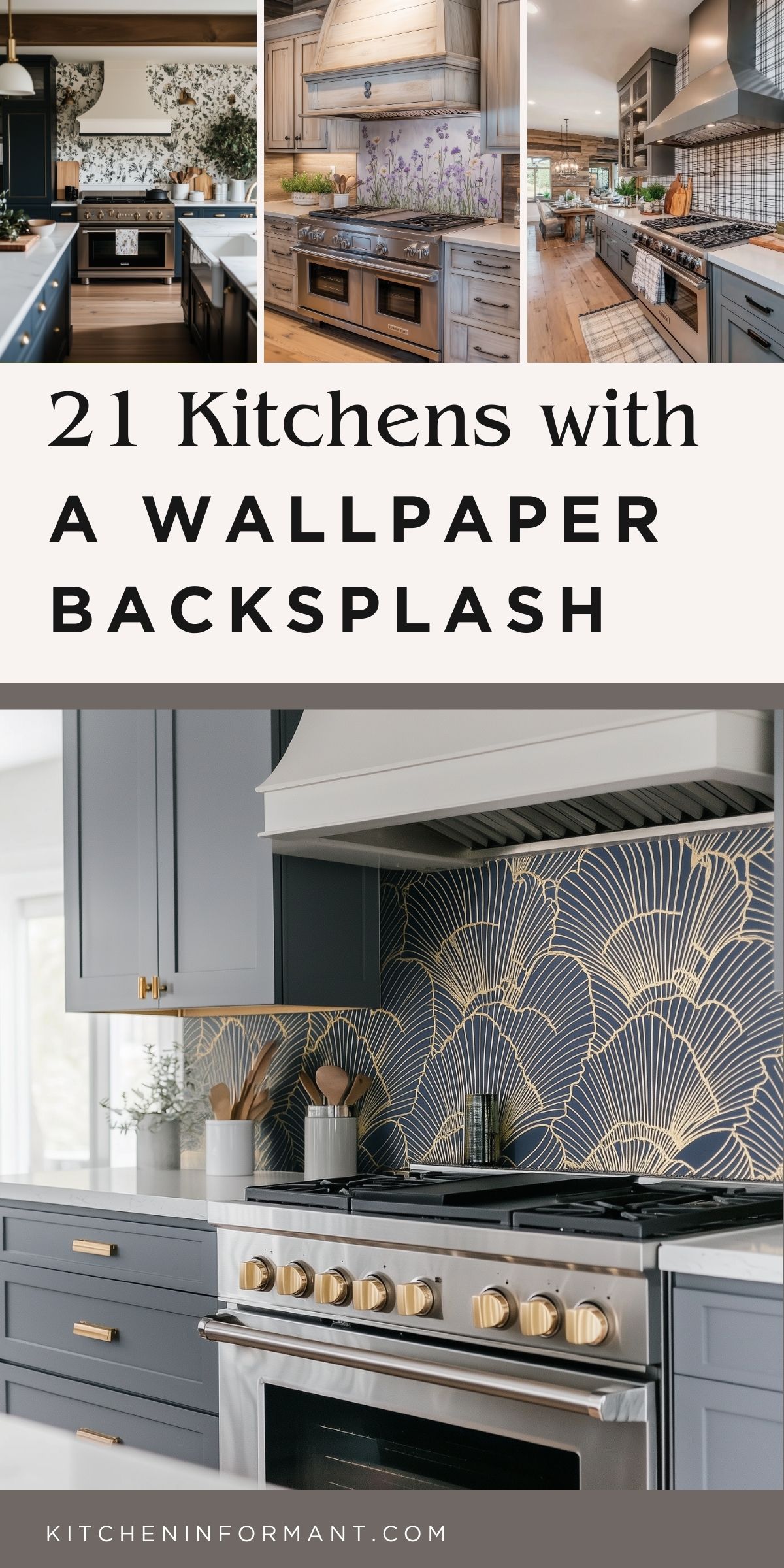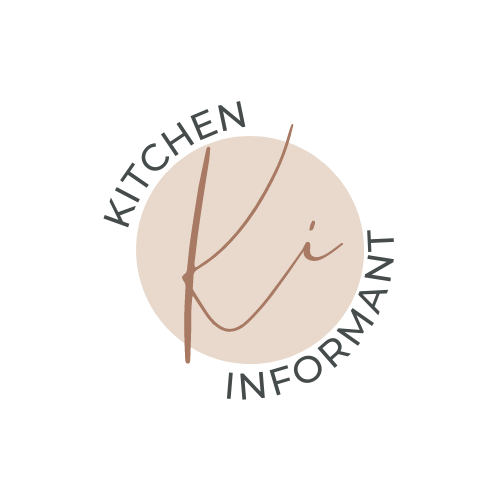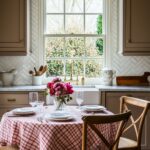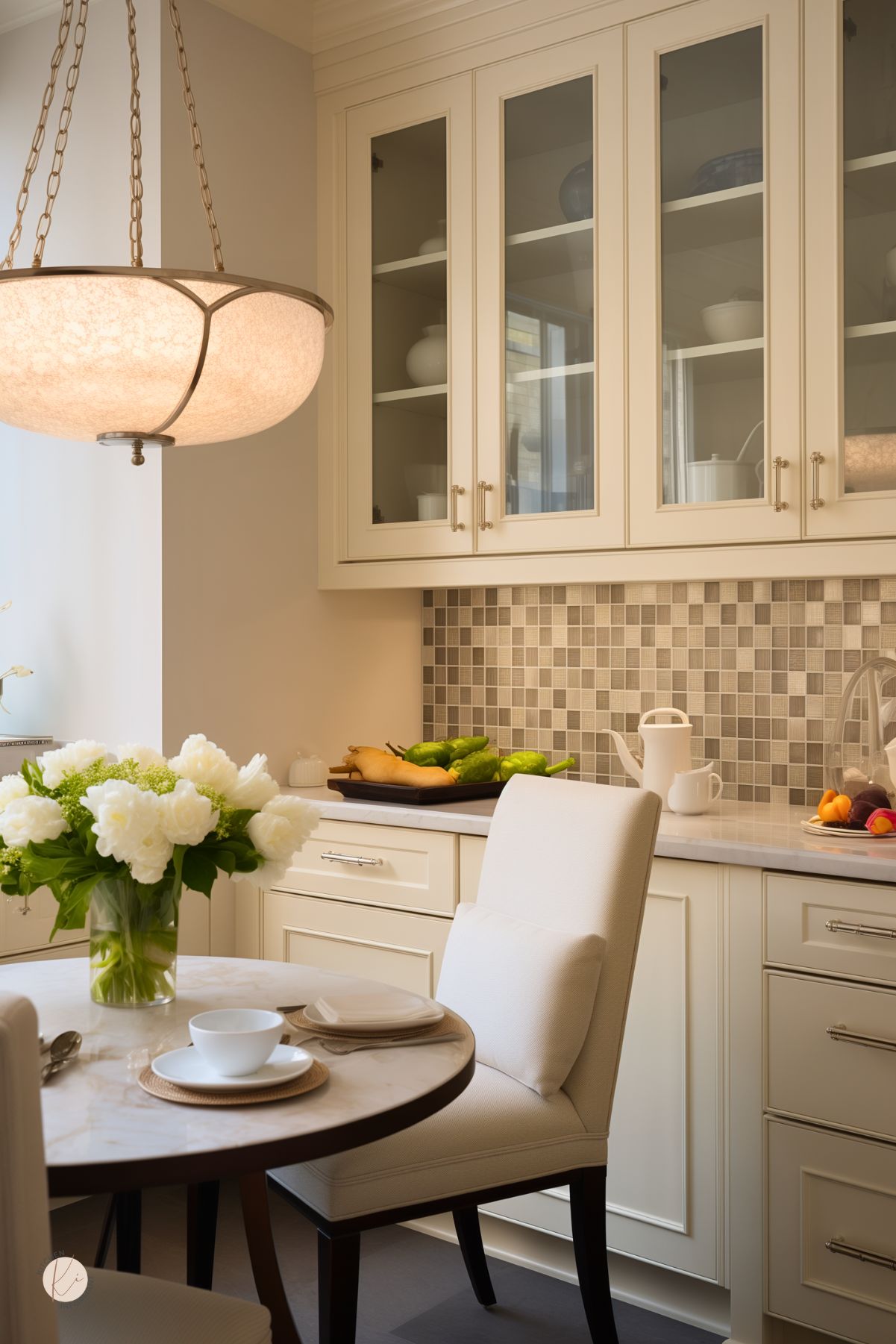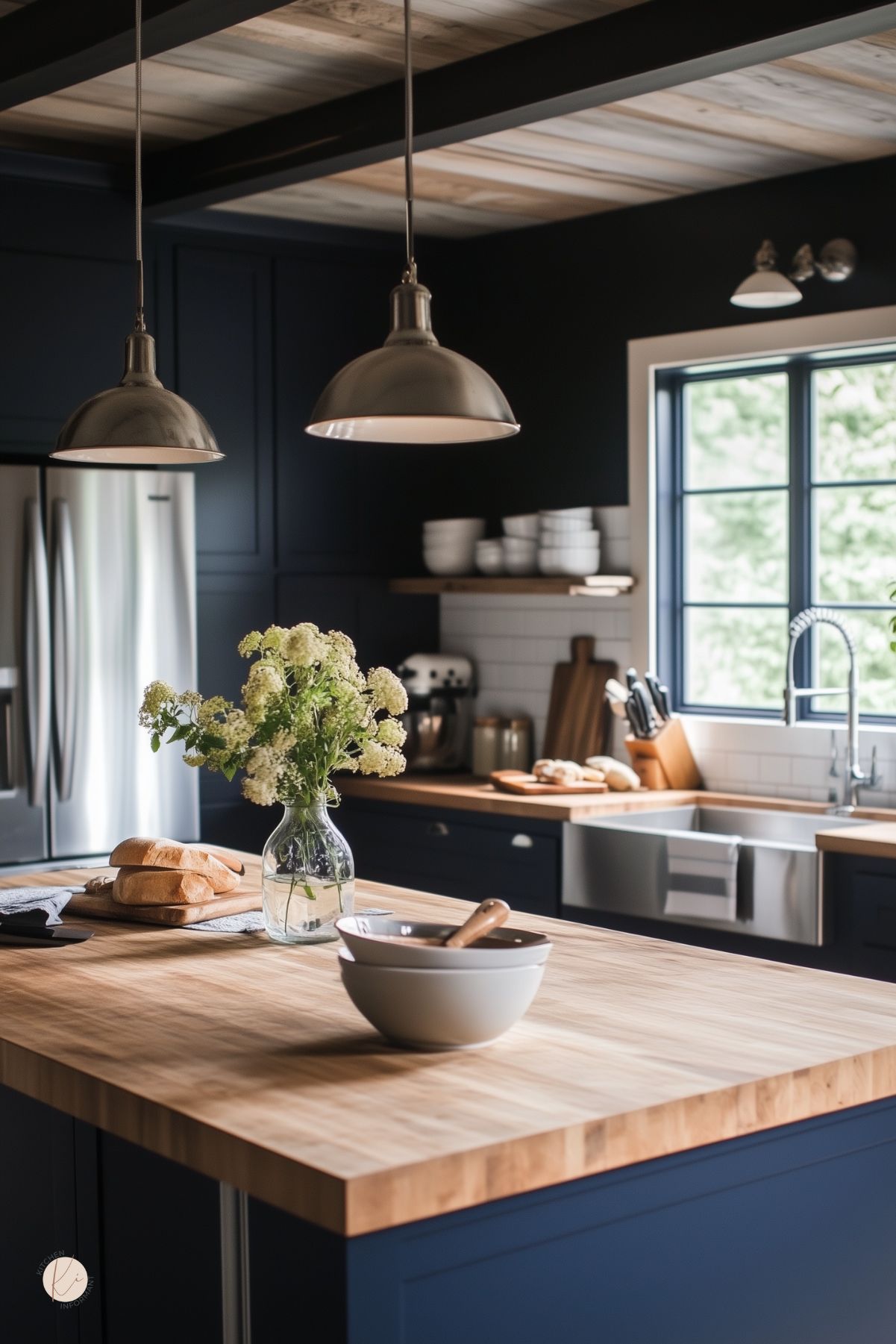Using wallpaper as a backsplash in the kitchen can be a stylish and budget-friendly choice.
Wallpaper offers a unique way to bring color and personality to kitchen spaces, transforming plain walls into eye-catching features.
Many homeowners select vibrant patterns or fun textures that stand out, making the kitchen more inviting and interesting.
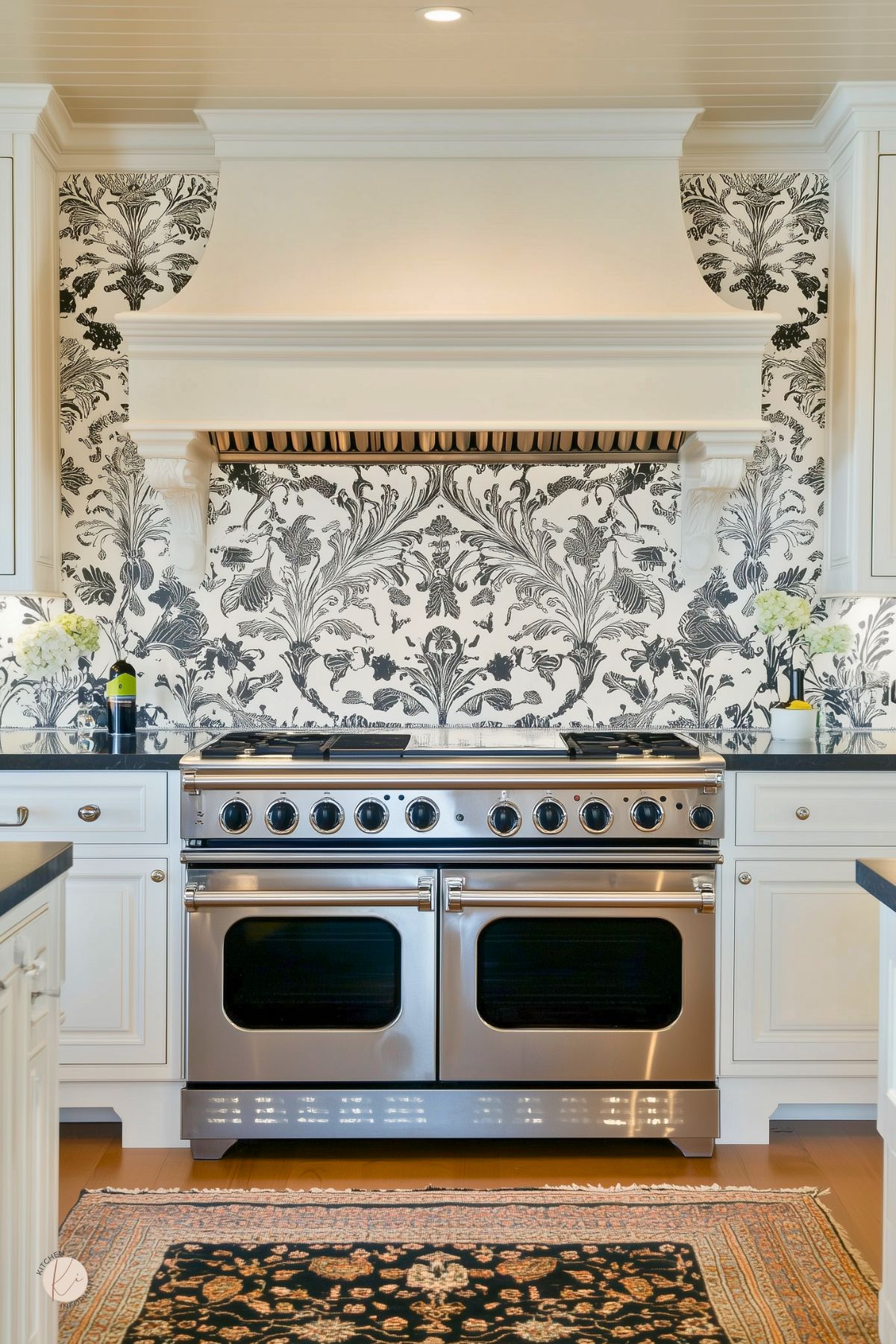
To protect the wallpaper from heat and moisture, it’s common to add a clear glass overlay.
This technique not only secures the wallpaper but also allows the design to shine through without damage.
It provides the best of both worlds: a fashionable look along with necessary protection.
As kitchen designs evolve, wallpaper backsplashes are becoming more popular for their versatility and charm.
With countless patterns and styles available, a wallpaper backsplash can truly reflect personal taste and elevate the overall kitchen aesthetic.
Understanding Wallpaper Backsplashes
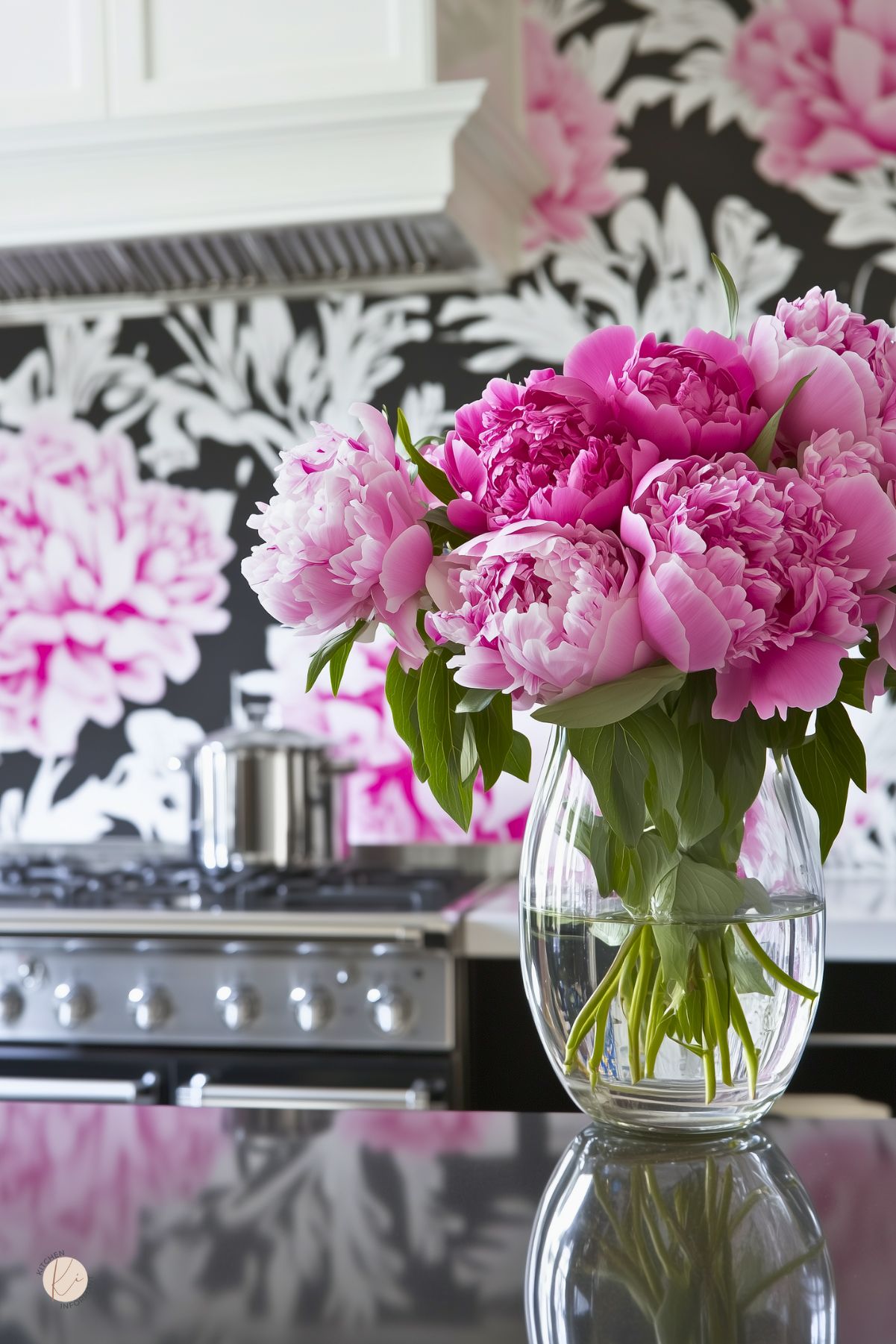
Wallpaper backsplashes are becoming a popular choice in kitchen design. They offer unique styles and can be more cost-effective than traditional materials.
This section explores the benefits of using wallpaper as a backsplash and the different types of wallpaper materials available.
Benefits of Using Wallpaper as a Backsplash
Using wallpaper as a backsplash can bring freshness and personality to a kitchen.
One major benefit is the variety of designs available. Homeowners can choose from patterns that range from floral to geometric or even retro themes.
Another advantage is the ease of installation.
Many wallpapers come in peel-and-stick formats, making the application quick and simple. This is a great option for those who enjoy DIY projects.
Additionally, wallpaper can be a more affordable option compared to tiles.
It allows for a stylish transformation without breaking the bank. With proper care, wallpaper can also be cleanable, making it a practical choice for kitchen spaces.
Different Types of Wallpaper Materials
When choosing wallpaper for a backsplash, materials matter.
Vinyl wallpaper is popular because it is moisture-resistant and easy to wipe clean. This makes it suitable for kitchen use where spills and splashes are common.
Another option is fabric wallpaper, which can add texture but may require more maintenance.
It’s essential to know that fabric can absorb moisture, so it’s less widely used in kitchen backsplashes.
Textured wallpaper can also be found, providing depth and interest.
Homeowners must consider the durability and cleanability of the material before making a choice.
Design Ideas for Wallpaper Backsplashes
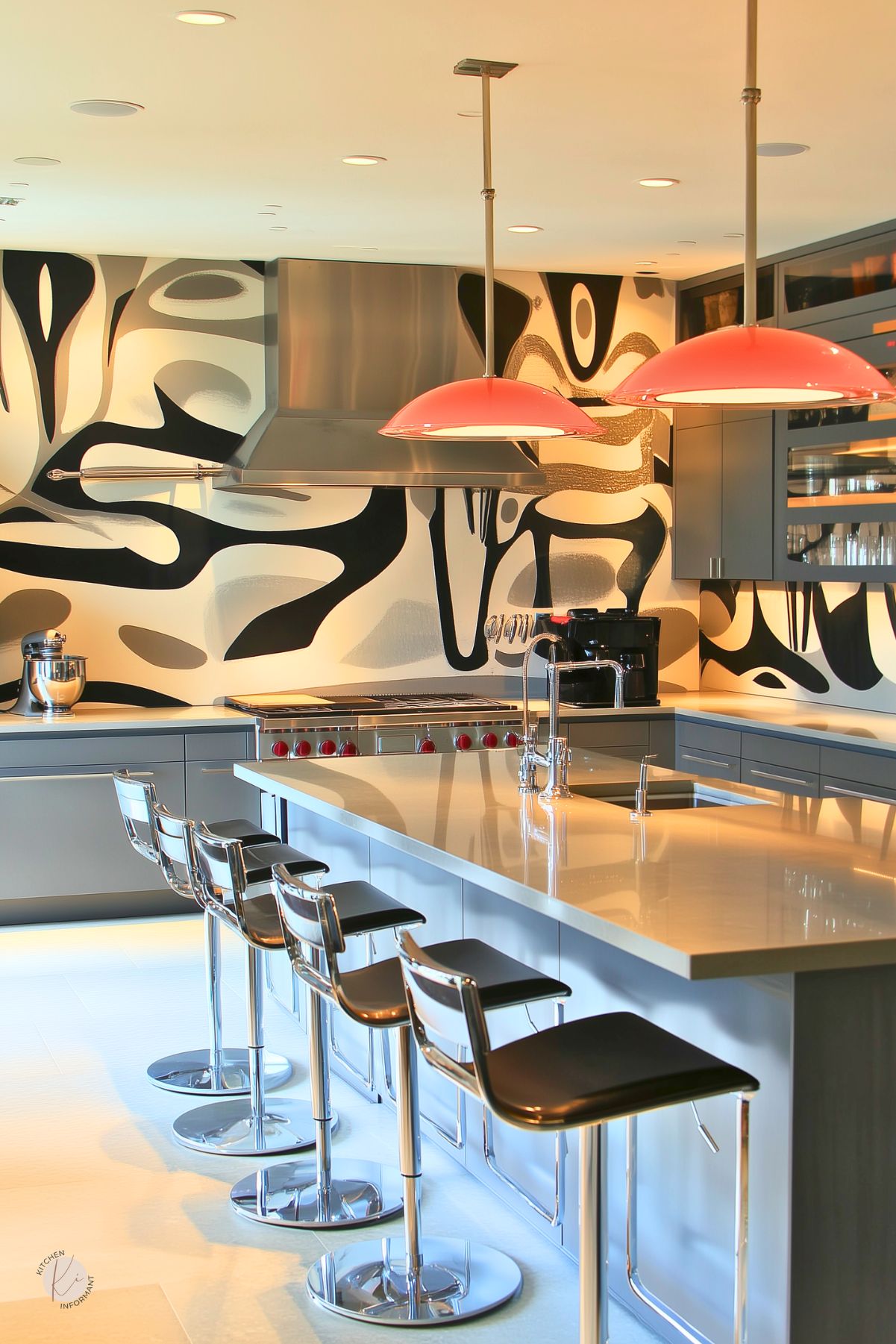
Creating a wallpaper backsplash adds charm and personality to a kitchen. Patterns and colors can influence the overall vibe, while themes can tie the space together beautifully.
Patterns and Colors
When selecting patterns for a wallpaper backsplash, bold designs can make a statement in any kitchen.
Striking prints like florals, geometric shapes, or abstract designs can add visual interest. Using colors like deep navy, vibrant red, or soft pastels can set the mood.
Textured wallpapers can create depth. They can mimic materials like wood or stone, making the space feel cozy and inviting.
It’s important to consider the surrounding decor when choosing a wallpaper.
Colors and patterns should complement cabinets and countertops. A harmonious blend ensures the kitchen feels cohesive.
Themes and Inspirations
Choosing a theme can guide the design of the wallpaper backsplash.
For a rustic feel, consider farmhouse-inspired patterns with elements like checkered prints or botanical motifs. This can create a warm, homey atmosphere.
For a more modern kitchen, sleek geometric patterns combine well with minimalist designs.
Vintage designs can add character, featuring retro colors and patterns reminiscent of old diners.
Lastly, think about personal interests.
Travel themes may include maps or world landmarks, creating a unique touch.
A well-thought-out theme enhances the kitchen’s charm and reflects one’s personality.
Maintenance and Care
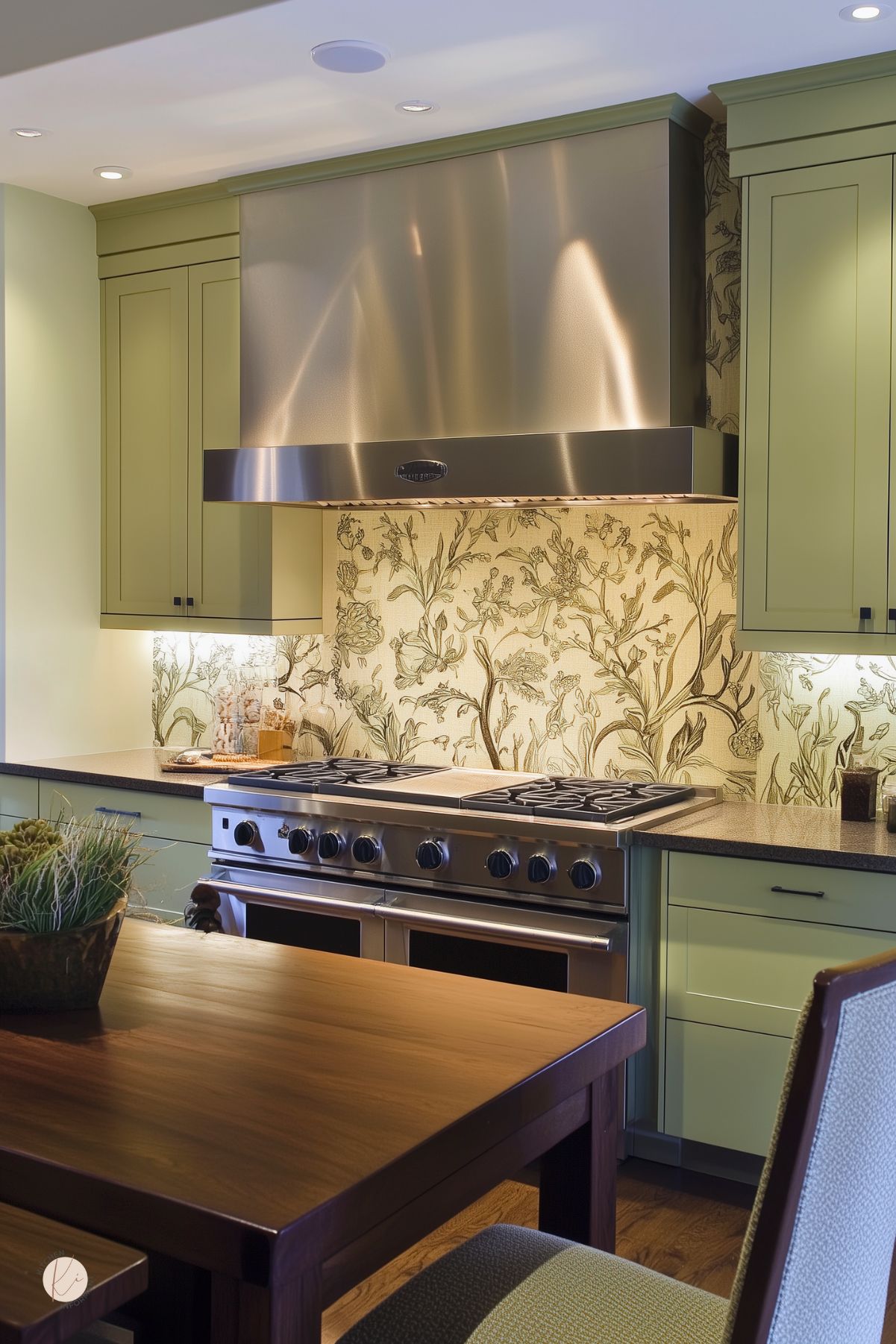
Taking care of a wallpaper backsplash is essential for keeping it looking fresh and vibrant. Regular cleaning and addressing any damage can ensure its longevity and appeal.
Cleaning Tips
To maintain a wallpaper backsplash, it’s important to clean it regularly.
Use a soft cloth or sponge with mild soap and water. Avoid harsh chemicals, as they can damage the wallpaper.
For tough stains, a mixture of vinegar and water can help.
Gently wipe the area and dry it right after to prevent moisture damage.
Avoid using abrasive scrubbers, which can scratch the surface.
It’s also wise to keep the area around the cooktop clean, as this is often where grease and splashes occur.
Regular maintenance will keep the wallpaper looking its best.
Repair and Replacement
If wallpaper begins to peel, it can often be fixed simply.
Use a wallpaper adhesive to reattach the loose sections. Apply a thin layer under the paper and press firmly.
If stains or damage are more severe, replacing the affected panels might be necessary.
Carefully cut away the damaged section, ensuring clean edges.
To replace, measure the area and cut a new piece of wallpaper to fit.
Align patterns if needed and apply adhesive as before.
Regular checks can help catch issues early, saving time and effort down the road.
Durability and Longevity
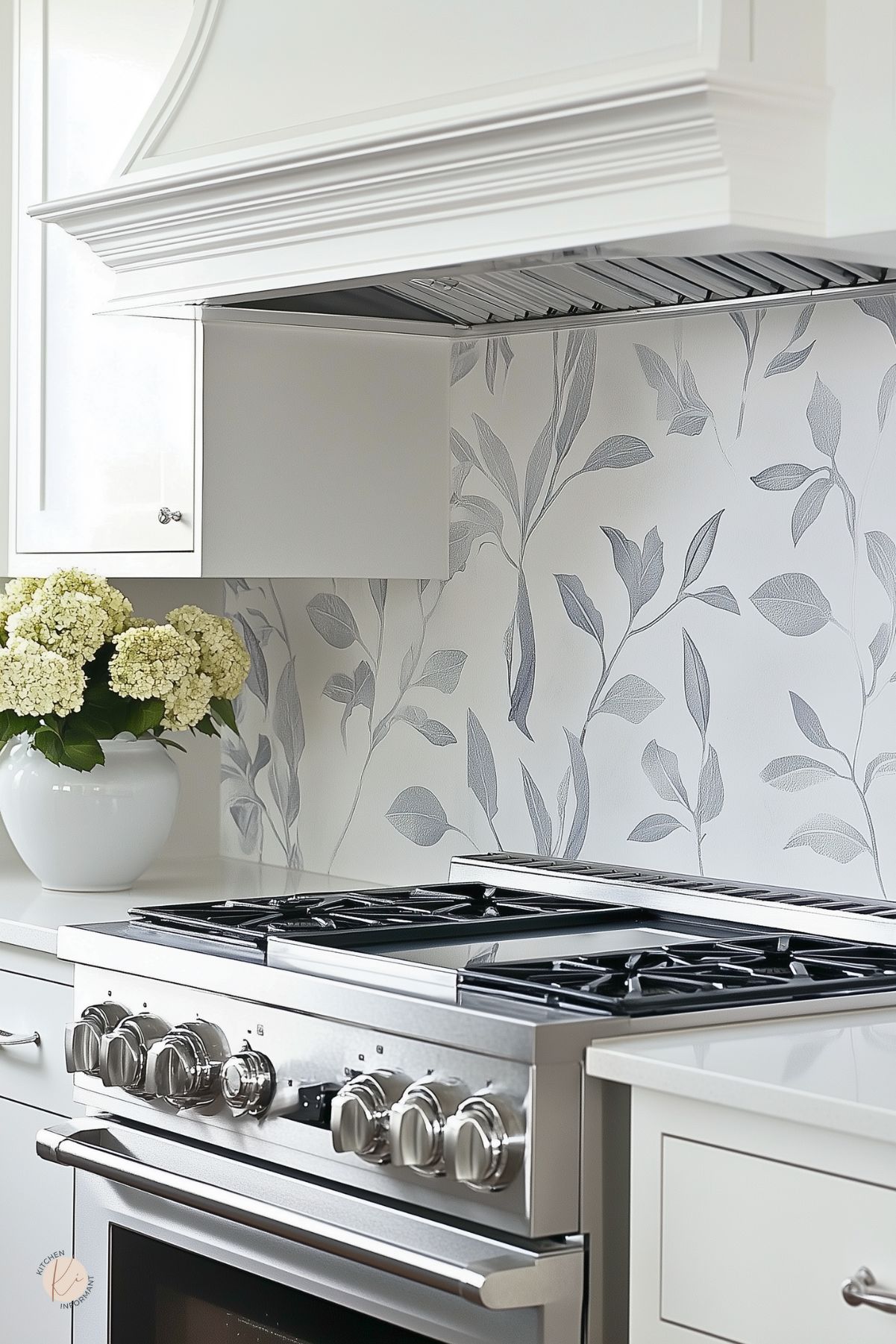
Using wallpaper as a backsplash can be stylish, but its durability varies.
Some wallpapers are designed to withstand moisture and heat, while others may not hold up well in a kitchen environment.
Factors Affecting Durability:
- Material: Vinyl wallpaper tends to be more durable than paper-based options.
- Finish: A washable or water-resistant finish can extend longevity.
- Preparation: Proper surface preparation before applying wallpaper greatly impacts its lifespan.
In many cases, adding a protective layer, like a clear glass panel, can enhance durability.
This layer seals the wallpaper and defends it against heat, splashes, and scratches. It is especially necessary near cooking areas.
When installed correctly, some wallpapers can last 5 to 7 years or longer. However, exposure to steam and grease may reduce this time.
Regular cleaning and maintenance are essential to keep the wallpaper looking fresh.
Care Tips:
- Clean gently with mild soap and water.
- Avoid harsh chemicals that can damage the wallpaper.
- Inspect for any wear or peeling and address it promptly.
Budget Considerations
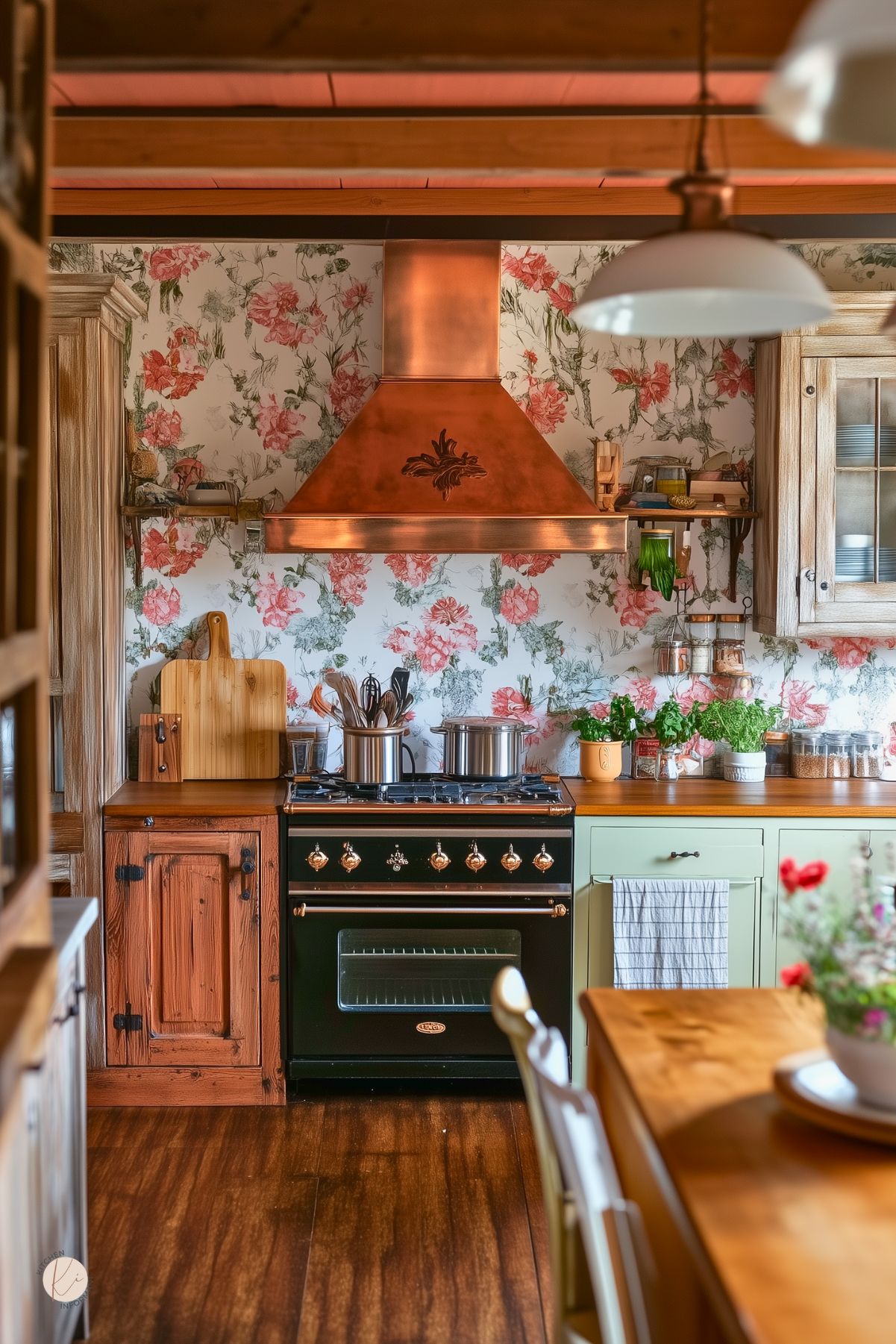
When planning a wallpaper backsplash, it is essential to look at costs compared to traditional tile options. Understanding how to save money while achieving a stylish look can make a big difference in budget planning.
Cost Comparison with Traditional Tile
Wallpaper can be significantly cheaper than traditional tile.
A standard tile backsplash can cost between $5 and $25 per square foot for materials alone. Installation may add another $10 to $15 per square foot if hiring a professional.
In contrast, wallpaper typically costs around $1 to $5 per square foot.
If someone chooses to do the installation themselves, this can further reduce costs.
For a kitchen makeover, choosing wallpaper opens the door to larger, more vibrant designs without a huge financial burden.
Tips for Cost Saving
To save even more, here are some practical tips:
- Choose Simple Patterns: Opting for less intricate designs can lower costs.
- Buy in Bulk: Purchasing wallpaper rolls in larger quantities may lead to discounts.
- DIY Installation: Doing the installation oneself eliminates labor costs.
- Sales and Clearance: Look for seasonal sales or clearance items to grab great deals.
Environmental Impact and Sustainability
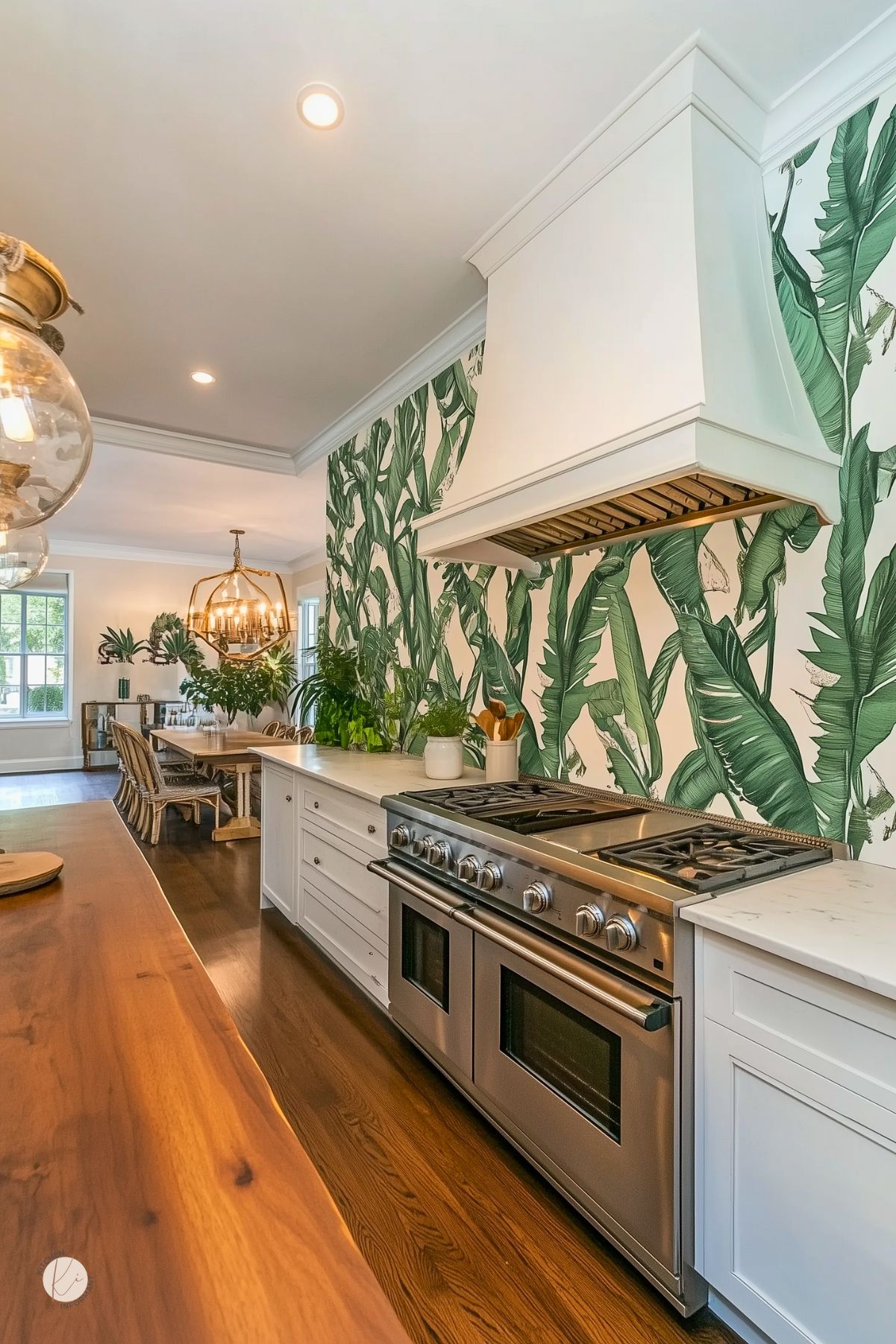
Using wallpaper as a backsplash can have a positive impact on the environment. Many eco-friendly wallpaper options are made from sustainable materials.
Key Benefits:
- Recycled Materials: Some wallpapers use recycled paper or fabric, reducing waste.
- Non-Toxic Inks: Eco-friendly wallpapers often use non-toxic, water-based inks. This choice keeps harmful chemicals out of homes.
Wallpaper backsplashes can also lower the demand for traditional materials like tile or stone. These materials require more resources to produce.
Considerations:
- Durability: It is essential to choose wallpaper designed for kitchens. Those with protective coatings can resist moisture and stains.
- Installation and Removal: Installing and removing wallpaper can be easier than tiles. This flexibility can lead to less waste in the long run.
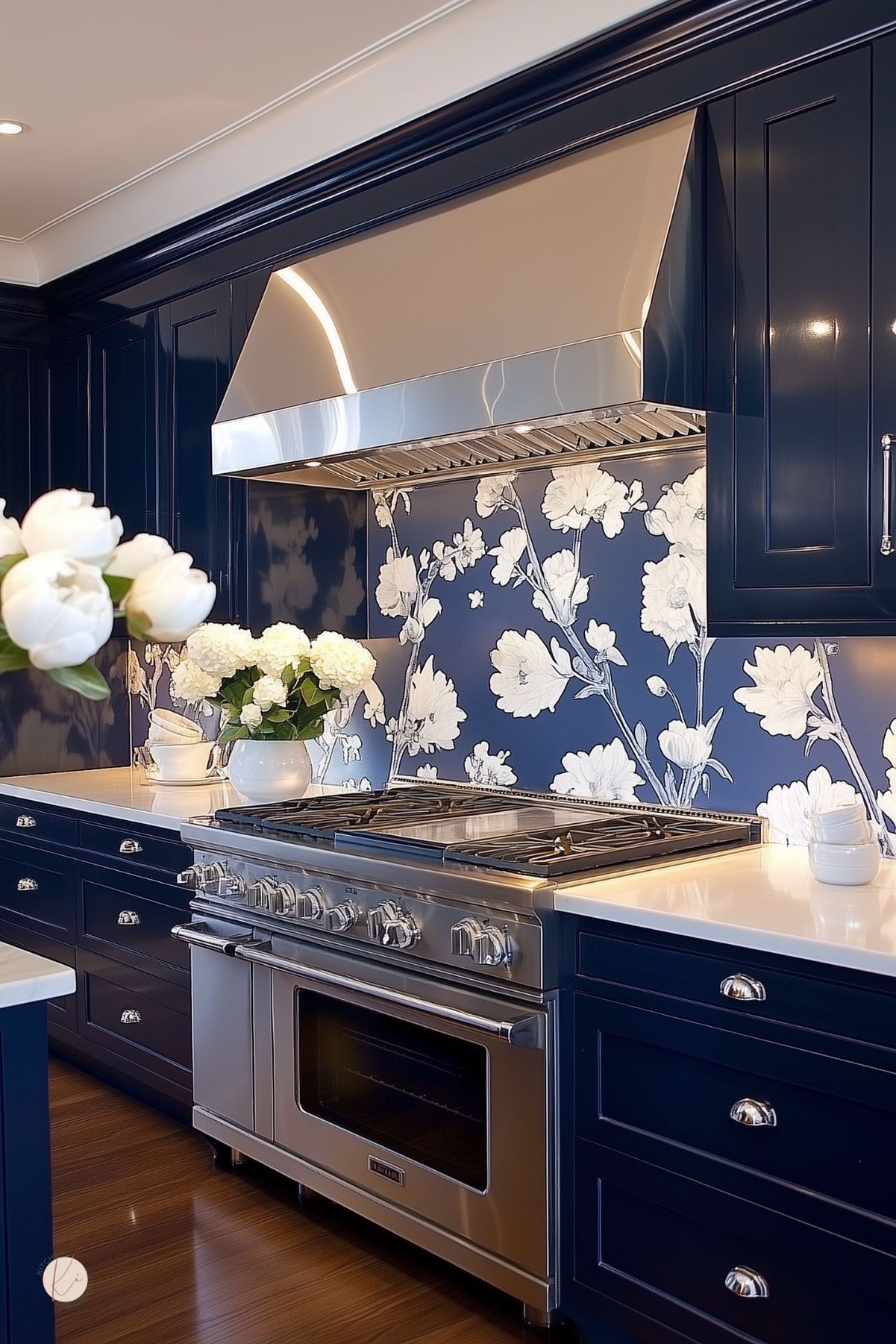

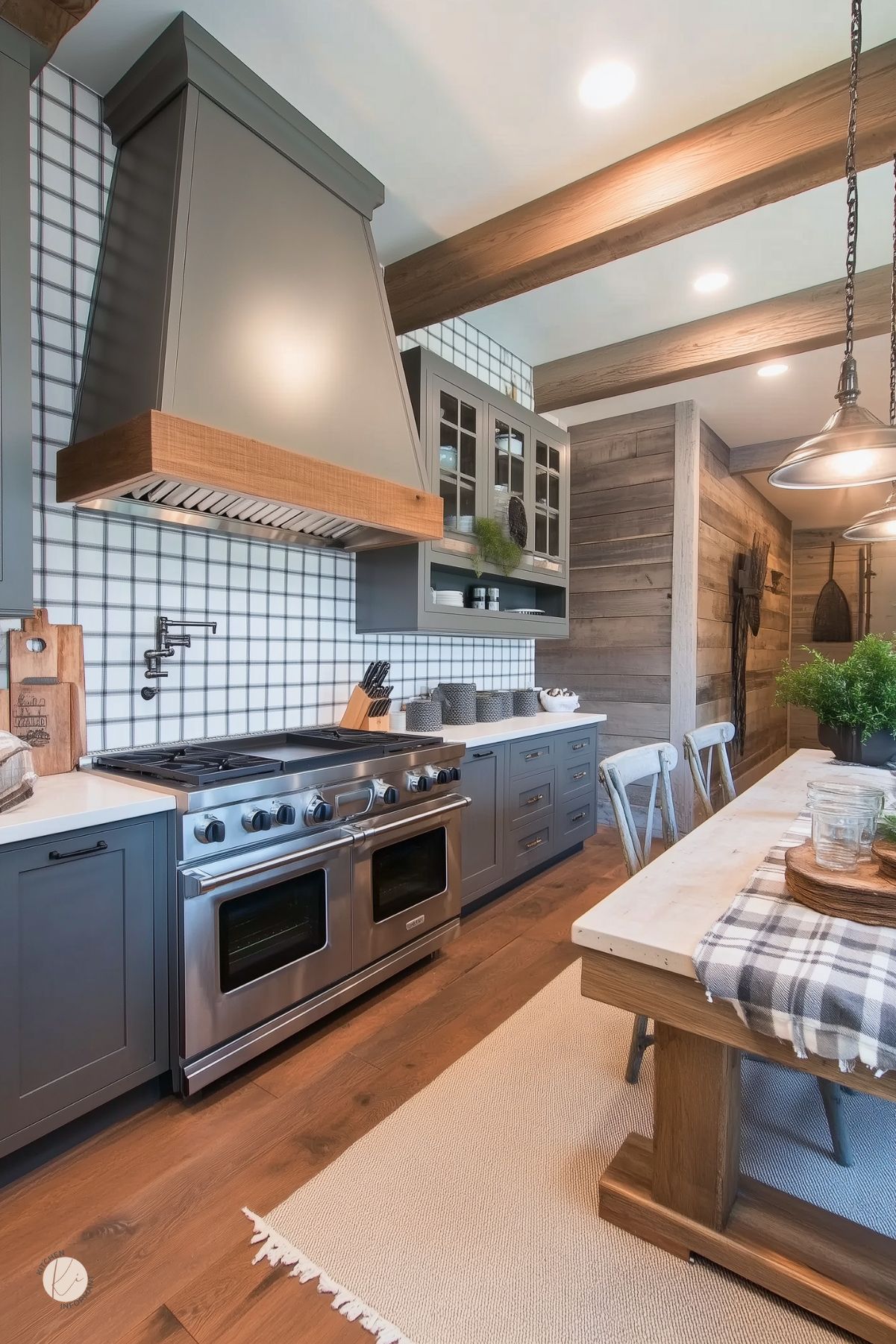
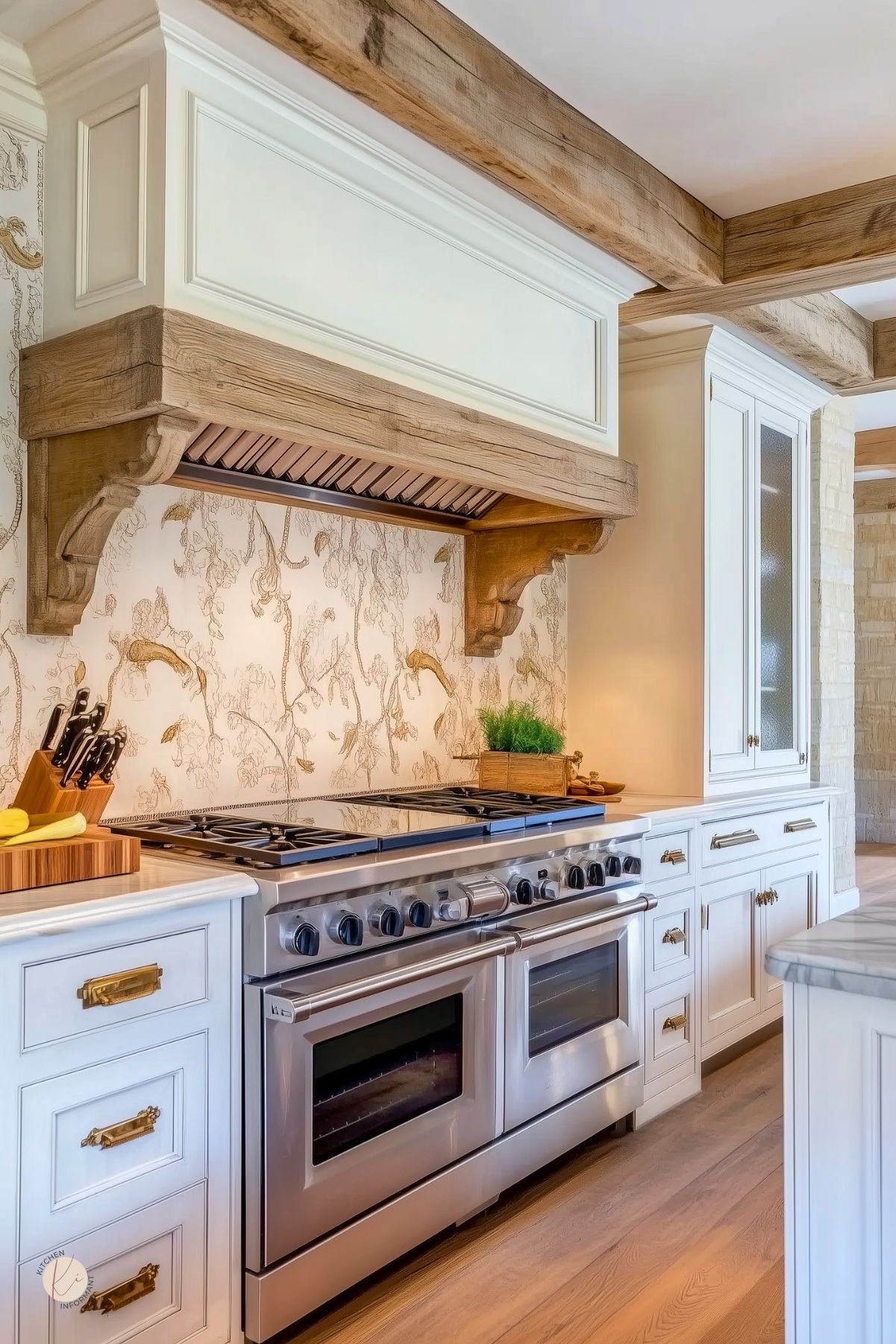
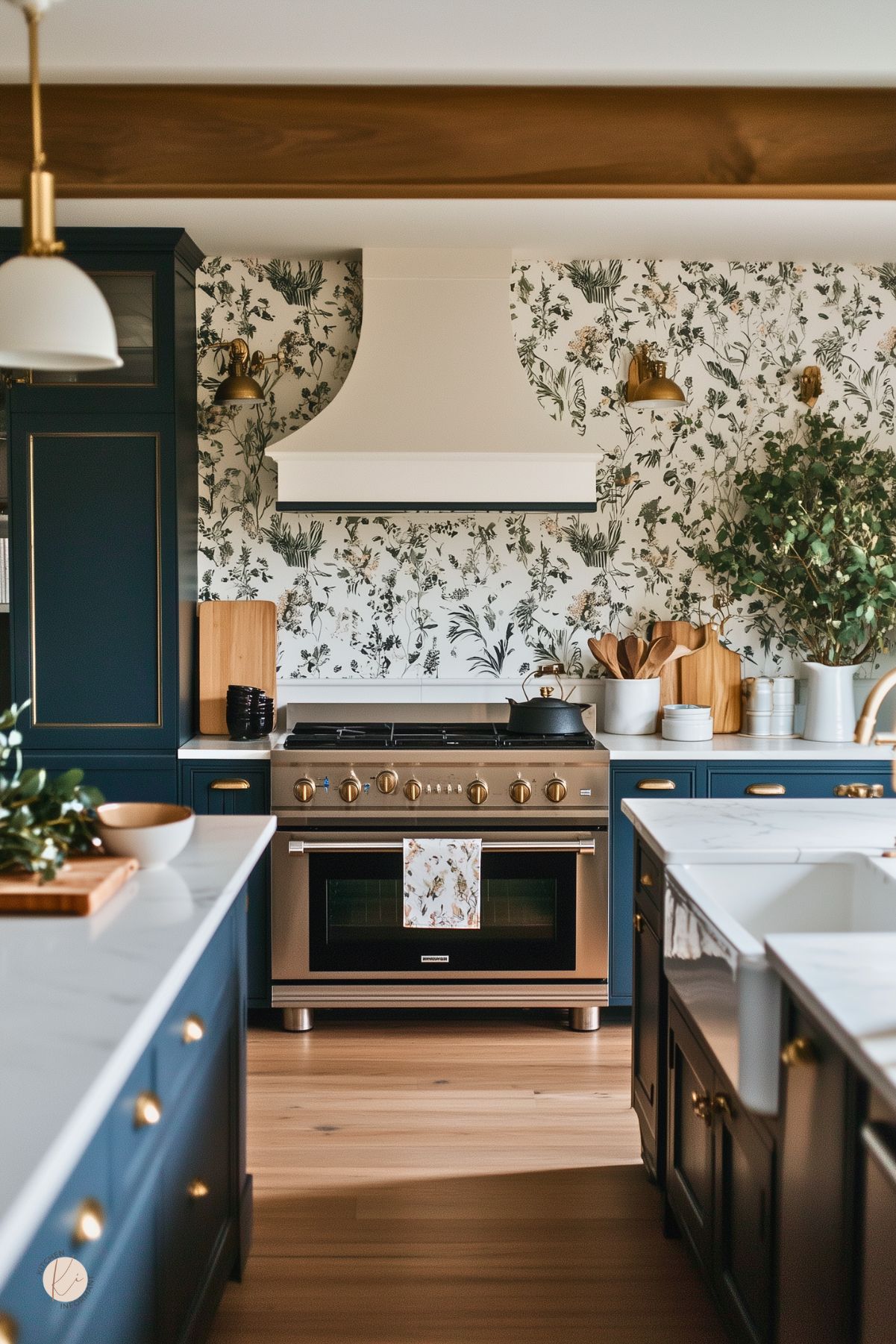
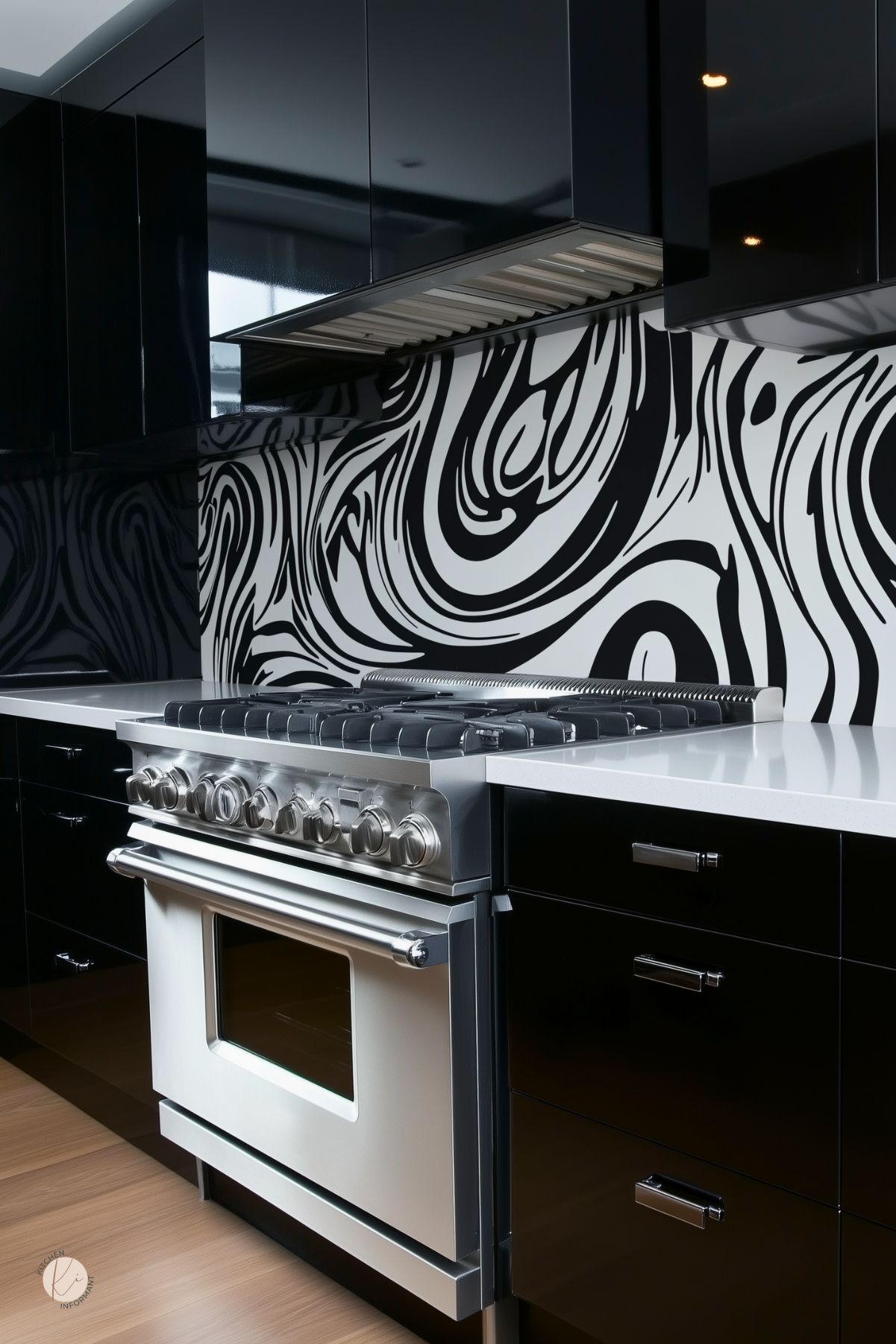
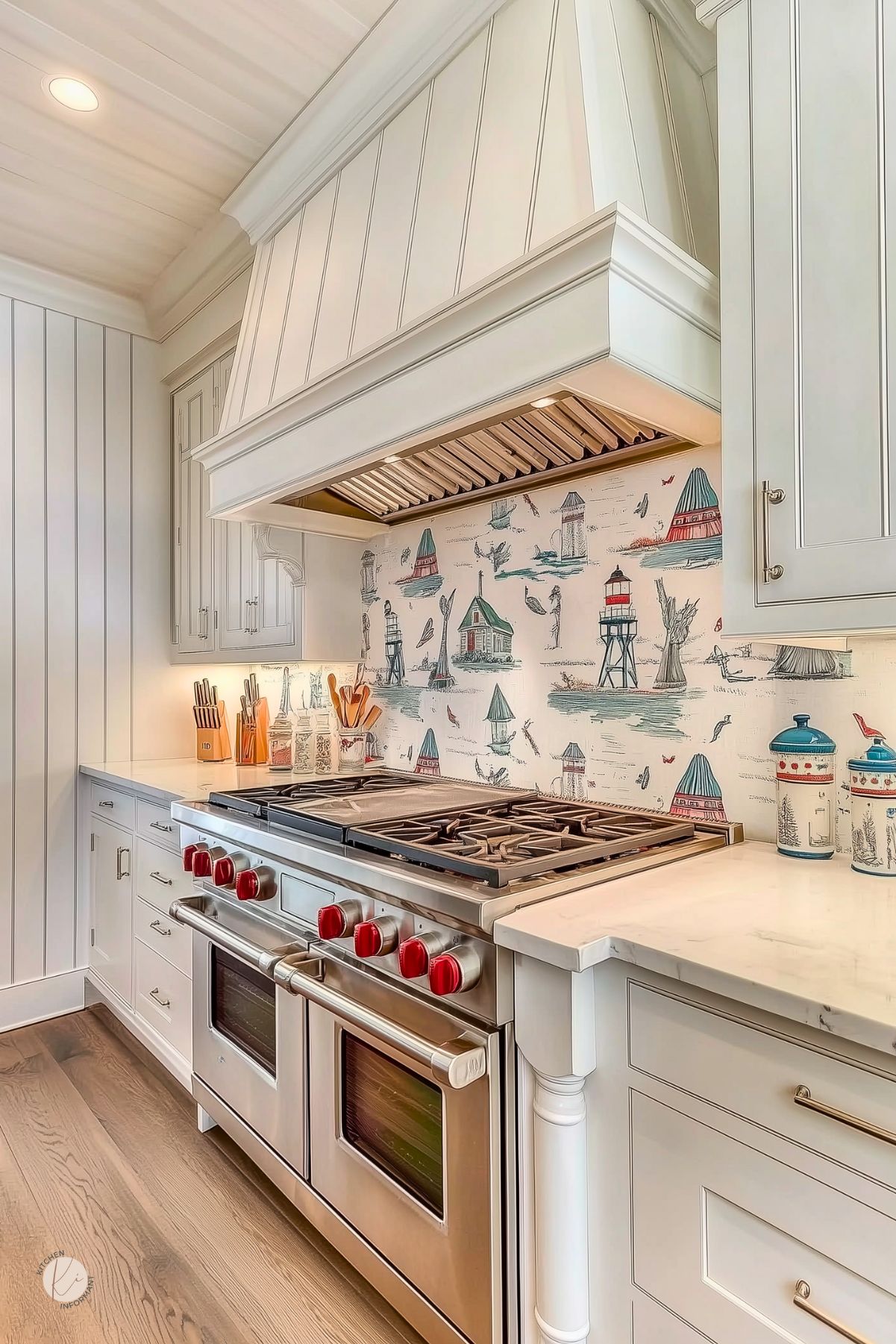
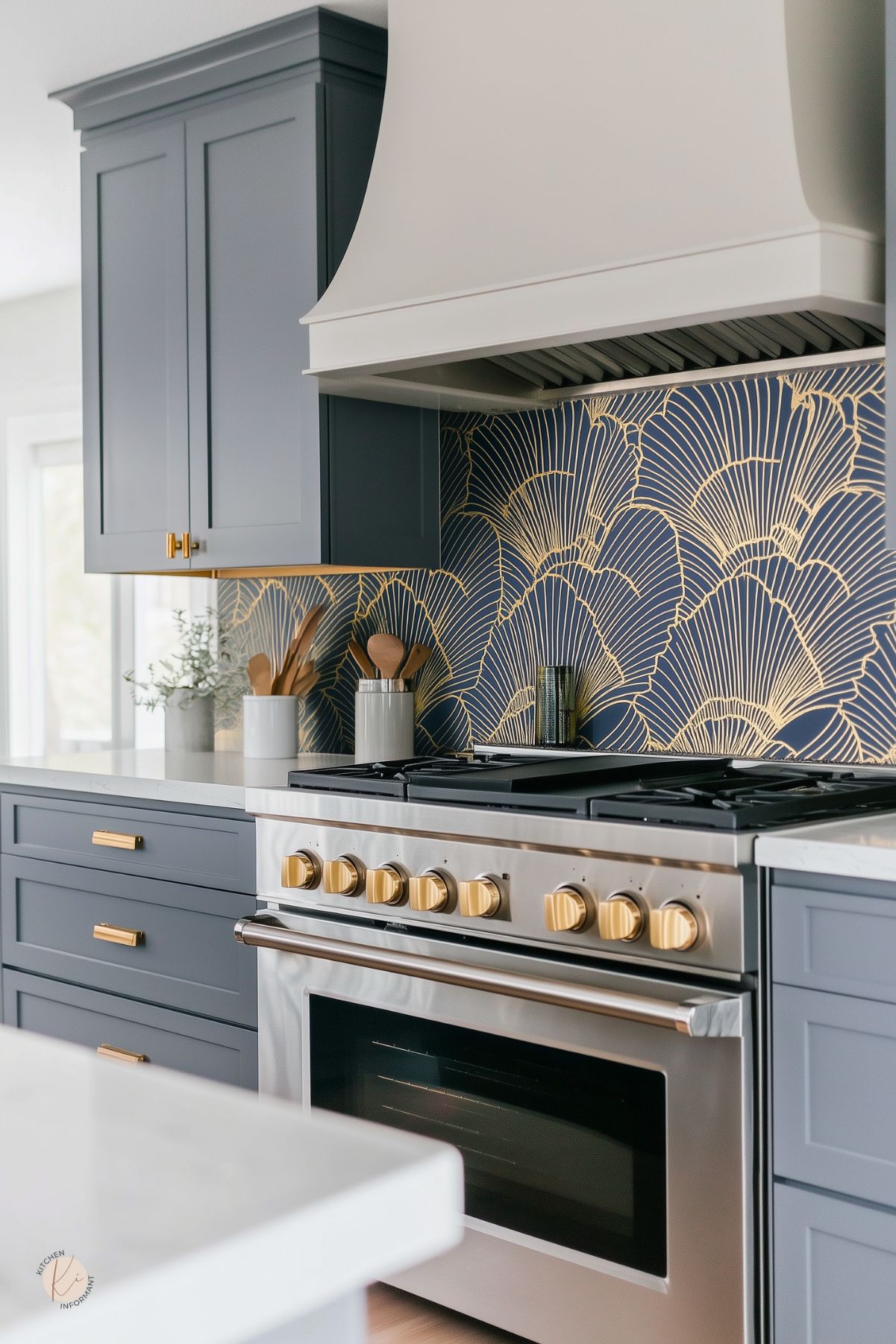

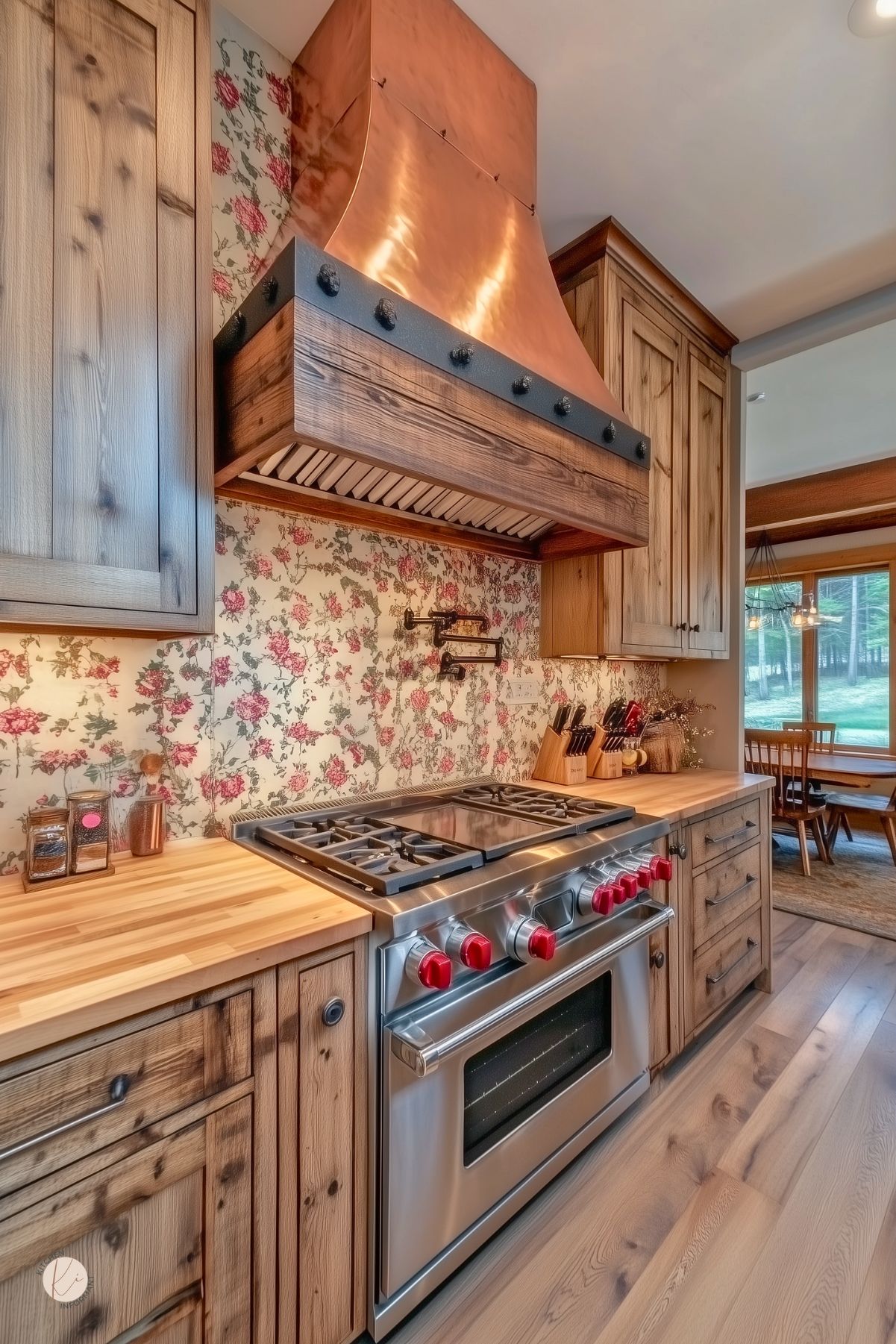
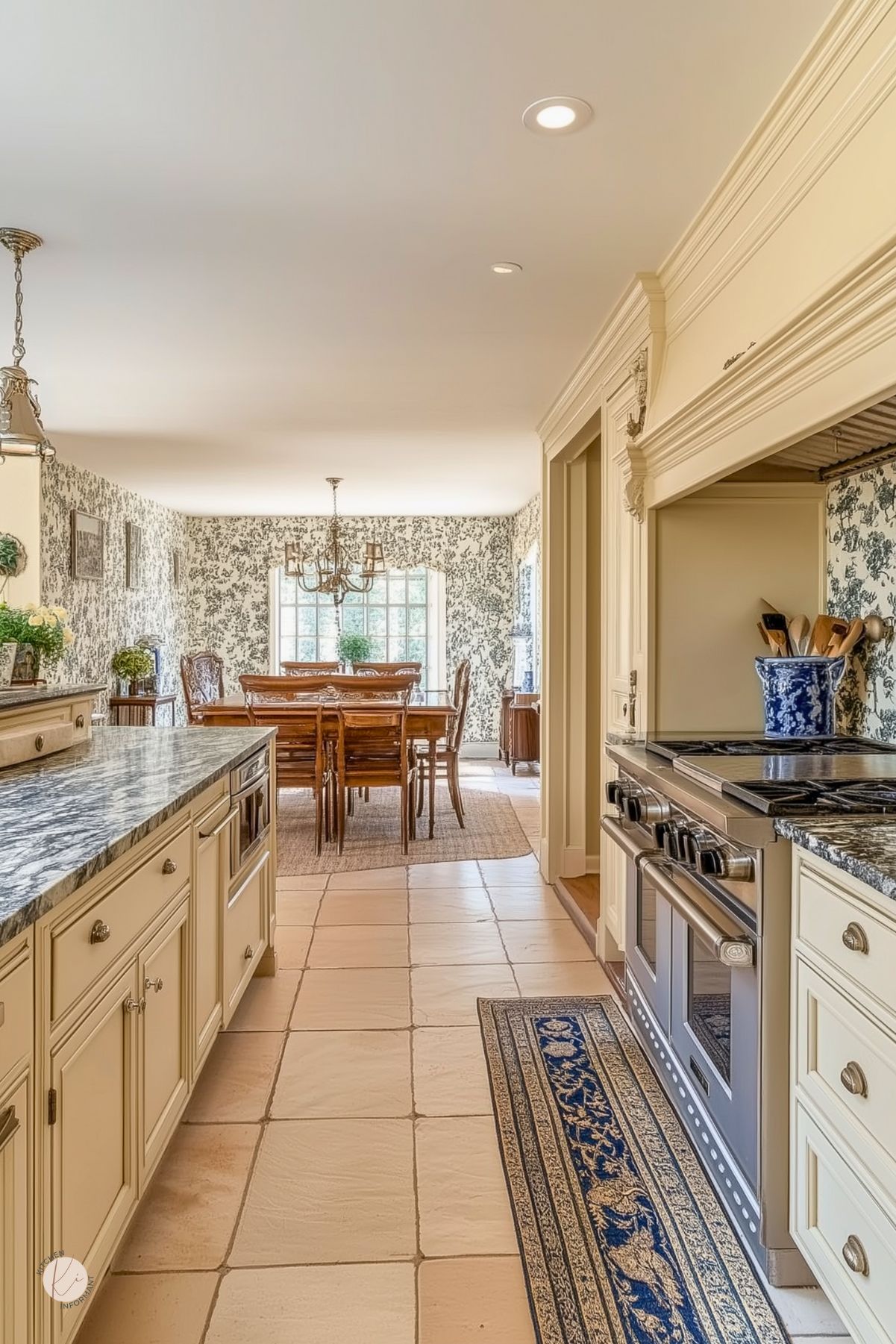

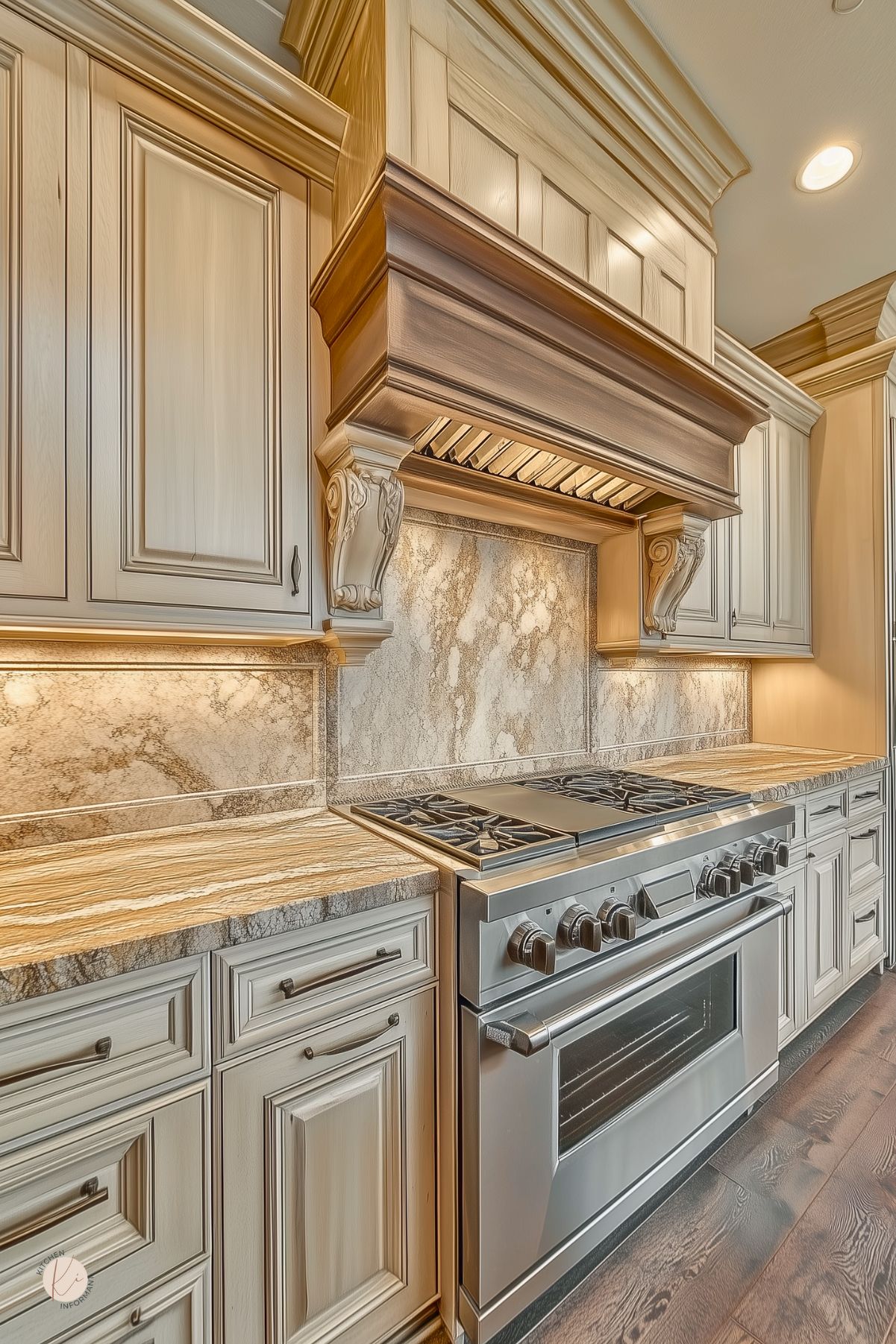
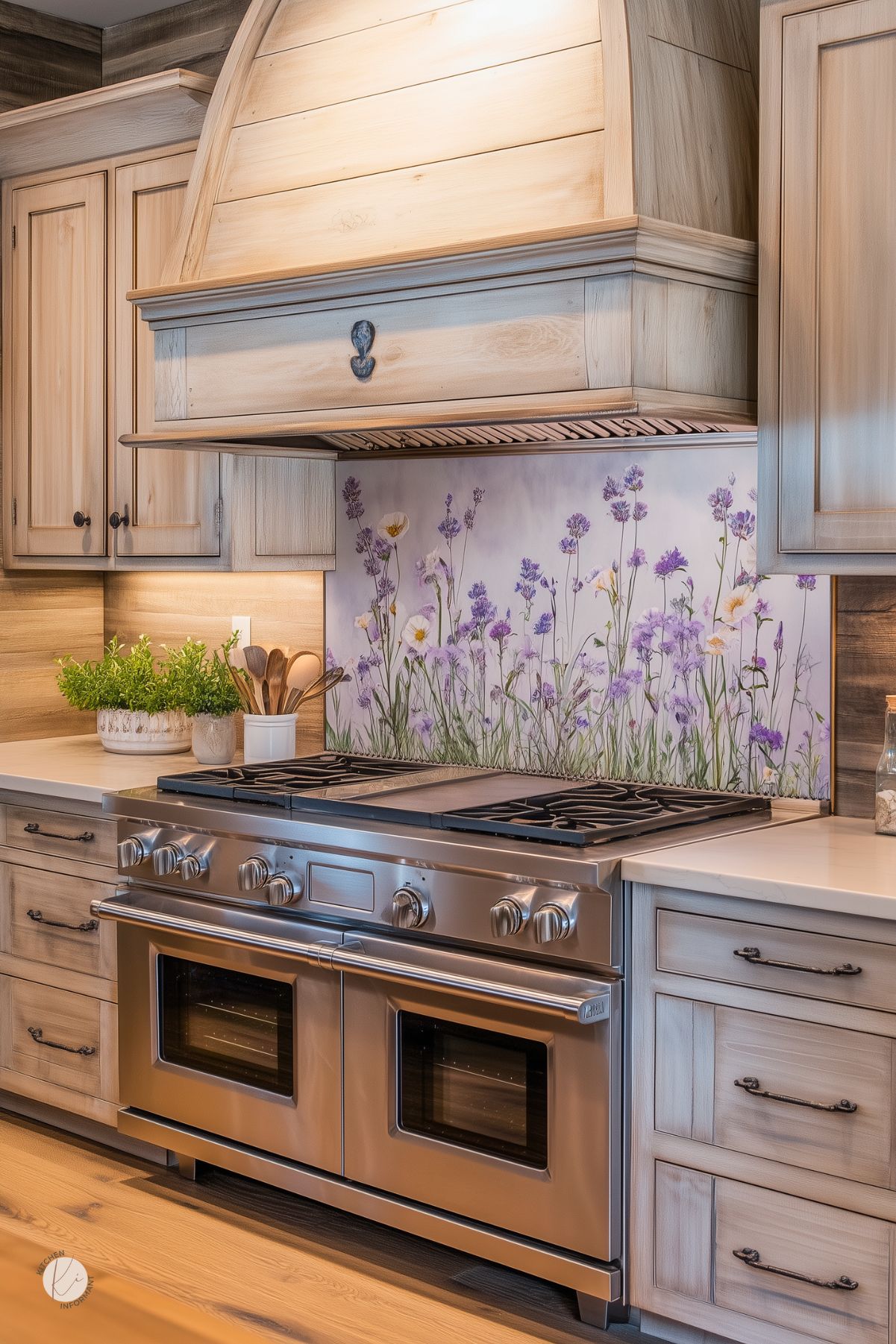
You May Also Like:
